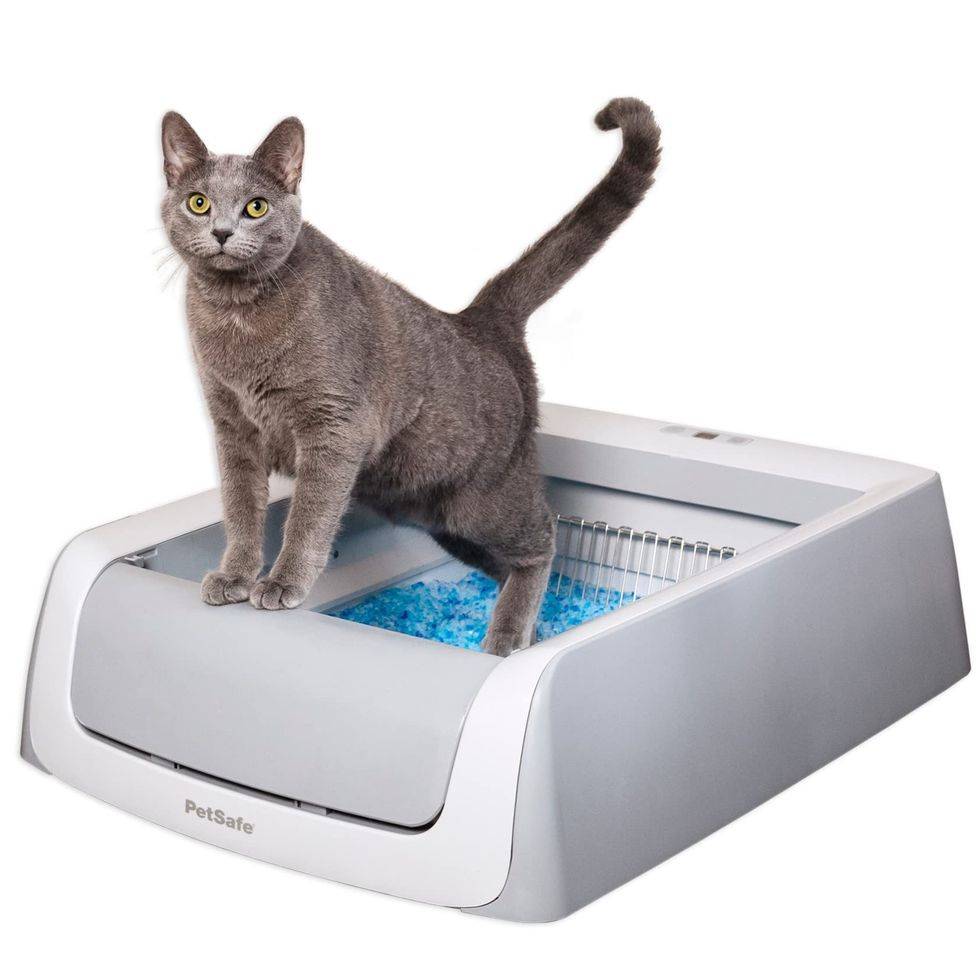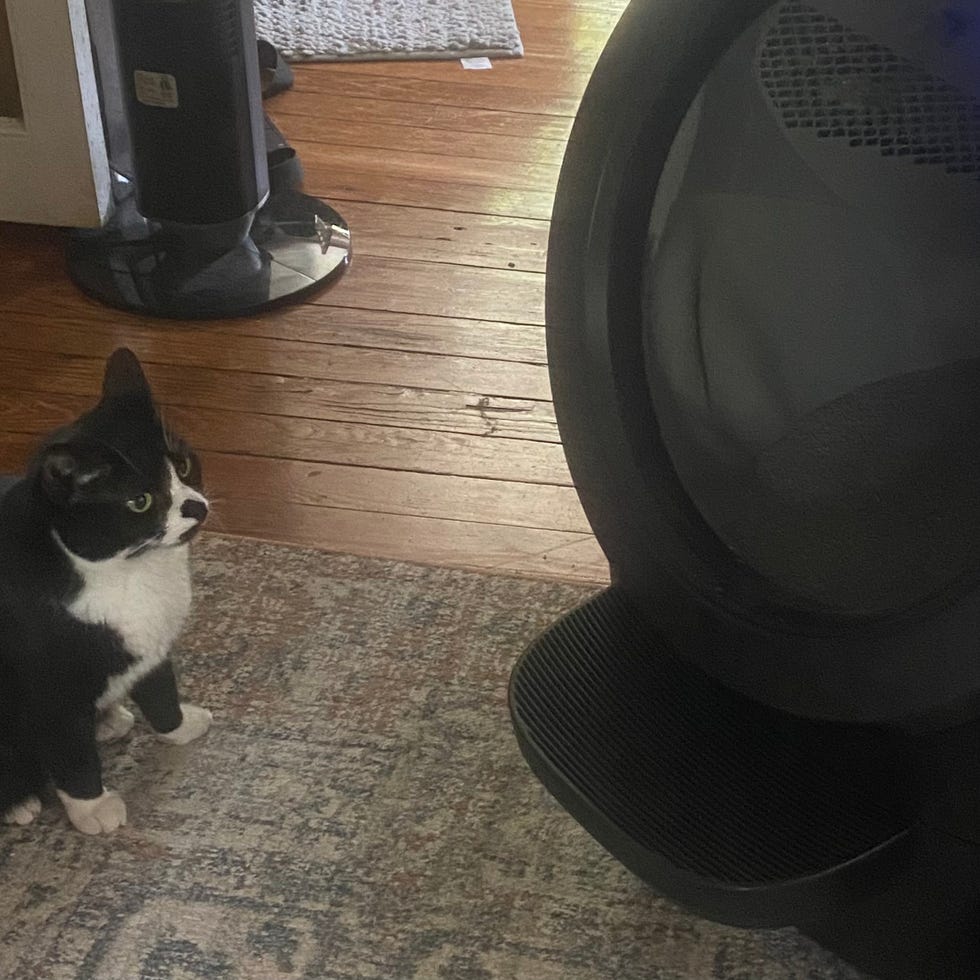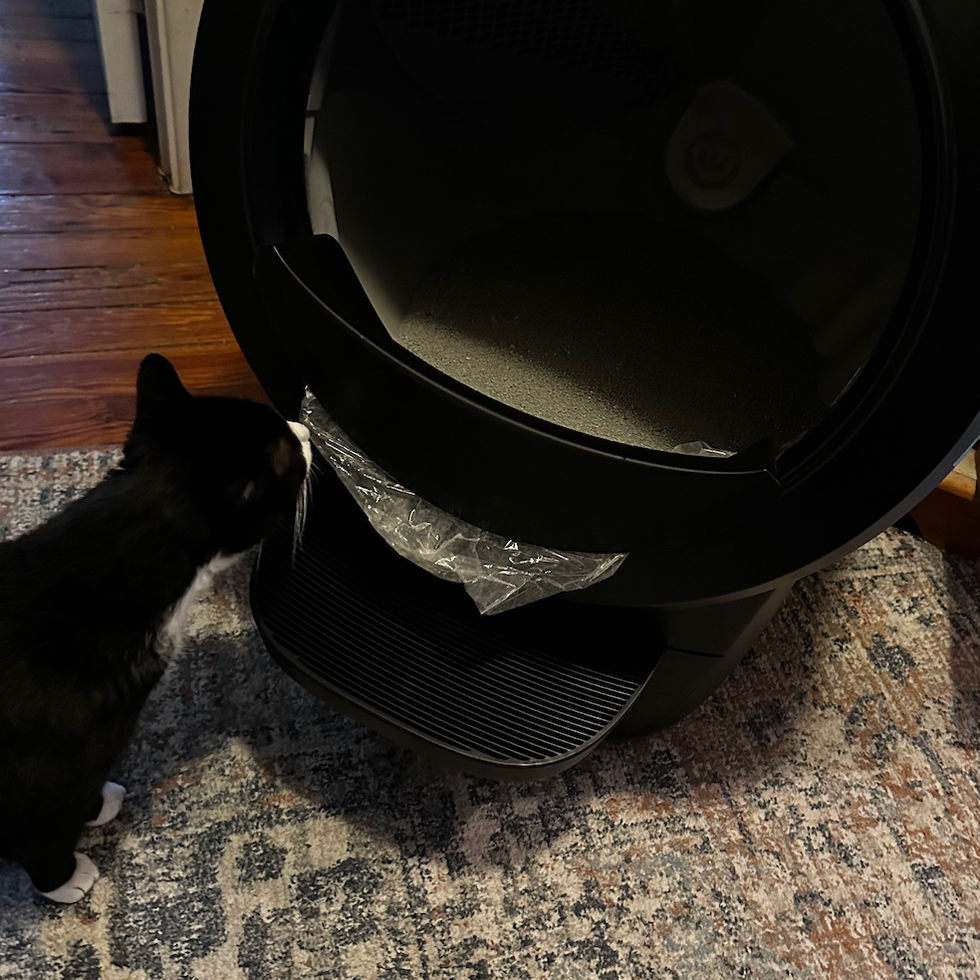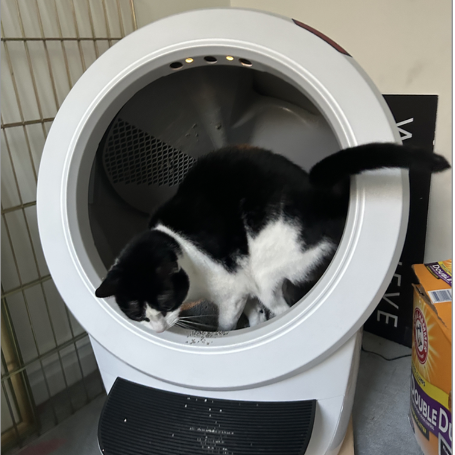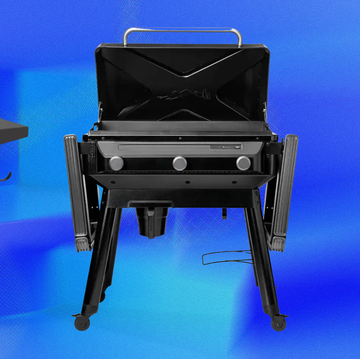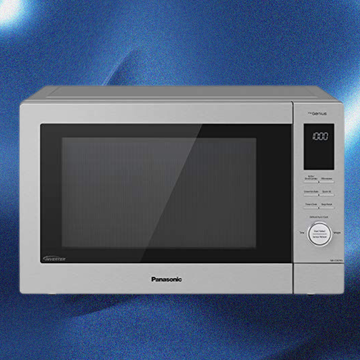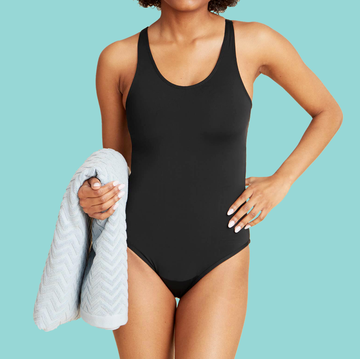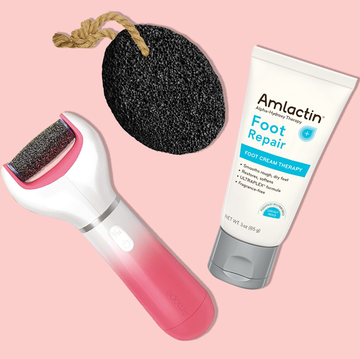3 Best Self-Cleaning Litter Boxes, Tested in Our Homes
After testing 10 different models, our team found only a few worth recommending.
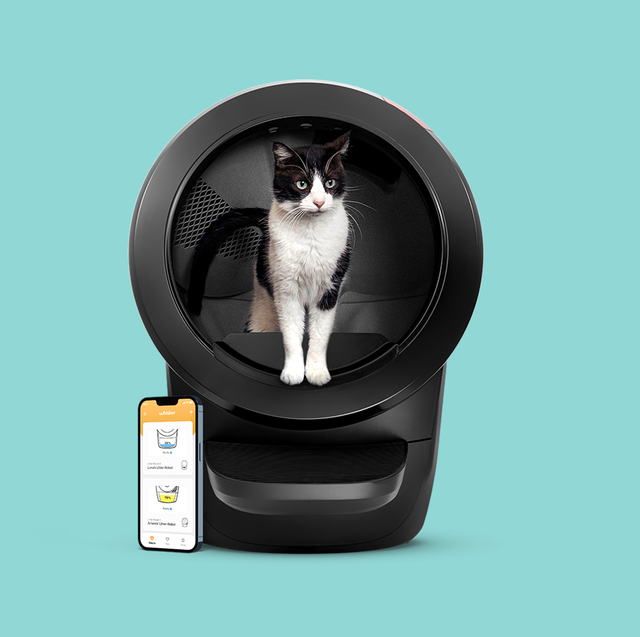
We've been independently researching and testing products for over 120 years. If you buy through our links, we may earn a commission. Learn more about our review process.
As much as we adore our cats, scooping the litter box is one of the ickier aspects of pet care. Even with litter brands that claim to stay fresh for days, you don't want your cat stepping in a mess and tracking it through the house. If daily scooping isn’t your thing, a self-cleaning litter box could be the solution. These high-tech devices automatically whisk away waste, sparing you the chore. But be warned: good models are rare and often pricey. After testing 10 automatic litter boxes in the Good Housekeeping Institute Cleaning Lab and in our homes, we found only three worth recommending.
You also need to know that transitioning to a self-cleaning litter box requires patience. "Cats need to transition to an automatic litter box slowly," advises Whitney Miller, D.V.M., M.B.A., DACVPM, chief veterinarian at Petco. "Start by placing the new litter box near the old one while your cat is out of the room. Let them explore it before activating the automatic cleaning feature, and ensure they have access to their old box during the transition." Trust me — I learned the hard way how important it is to be present during this adjustment phase.
Jessica (she/her) is a freelance writer with several decades of experience writing lifestyle content and evaluating home and parenting products. A mom of two teens and two cats, her previous work can be seen in American Baby and Parents.
Lynn Redmile (she/her) is a contributing product reviews analyst at the Good Housekeeping Institute, where she's been evaluating nutrition, fitness, travel services, beauty, textiles, home, pet, and cleaning products since 2012. She is passionate about figuring out how things work and experiencing their full potential, and brings over three decades of data analysis and project management experience to the role.


The 15 Best Natural and Organic Sunscreens

The Best Mosquito Repellents

The Best Neck Firming Creams
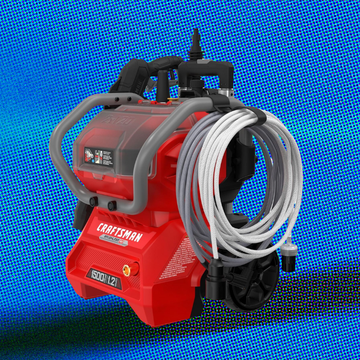
The Best Pressure Washers

